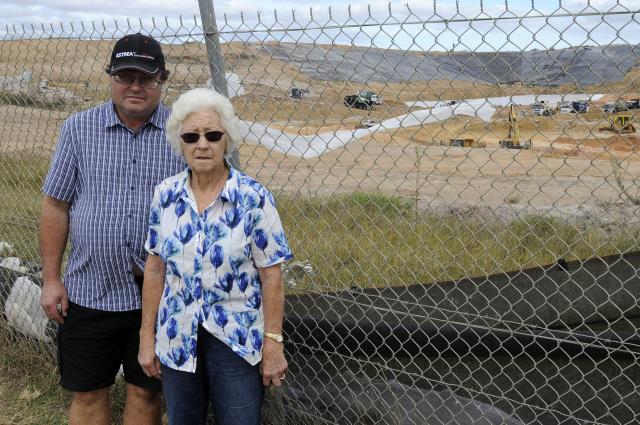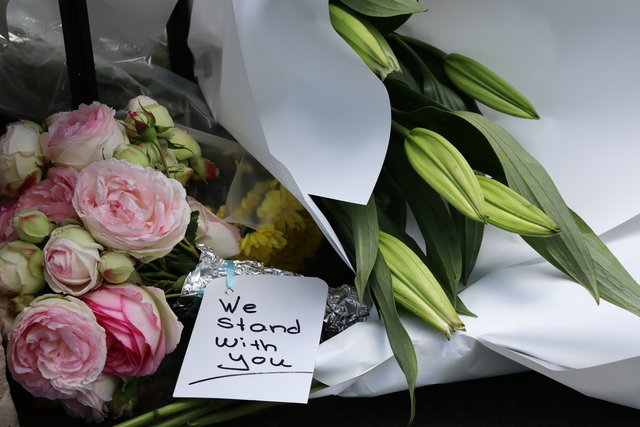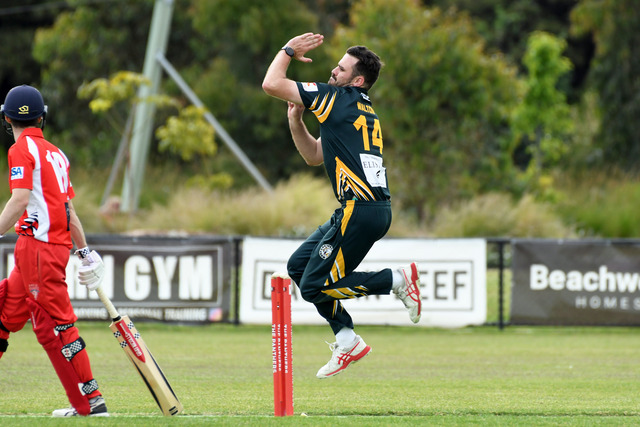Hallam Road landfill operator Veolia breached its licence and the general environmental duty, the Victorian Supreme Court found.
Winsome Anderson, who owned a 38-hectare property east of the landfill, accused the landfill operator Veolia of breaching its licence and the general environment duty and interfering with the potential use of her land.
In a decision on 18 July, Justice Michael McDonald accepted the two breaches but dismissed the interference claim.
Ms Anderson is entitled to seek relief from the two breaches under the Environment Protection Act 2017 but will not be compensated for the assessment of a vent curtain system along the boundary that mitigates the migrating landfill gas (LFG) under the claim of interference.
The trial started on 15 November 2023.
Ms Anderson claimed that Veolia breached its operating licence and general environment duty (GED), as the tip’s landfill gas (LFG) had migrated to her property and exceeded safety benchmarks at the boundary.
Veolia rejected the claims.
The court ruled that Veolia breached its licence by failing to take all practicable measures to prevent emissions of LFG from exceeding the prescribed levels by up to 80 times in the subsurface geology at the landfill boundary: 1 per cent v/v methane and 1.5 per cent v/v carbon dioxide.
It was discovered that between 1 July 2022 and 30 October 2023, Veolia failed to take three practicable measures to prevent emissions of methane gas from exceeding the benchmark in the subsurface geology at the landfill boundary, including placing a final cap on cell 12, ensuring that its LFG extraction system operated at optimal efficiency, and preparing and implementing a remediation action plan.
Veolia was found to accordingly breach the general environmental duty.
Ms Anderson also claimed that the pollution from the tip hindered the potential horticultural development of her land, as it necessitated the design of an “in-ground pathway intervention structure at the boundary of the landfill to address the changing risks of LFG” in the information requirements of the planning permit application.
An email from Ms Anderson’s planning consultant to Casey’s statutory planner revealed Ms Anderson was “not prepared to invest what would be a considerable amount of money in an attempt to satisfy these comments without first having the security of a planning permit”. The absence of the design later led to the rejection of the permit.
Ms Anderson initially sought a $14 million “in-ground pathway intervention system in the form of a landfill gas vent curtain system”. Later in March this year, she revised the order to seek an assessment of the feasibility of constructing a vent curtain system along the 600-metre boundary.
The court dismissed the possibility of the order as Justice McDonald did not consider it “reasonably necessary to prevent, minimise or remedy Veolia’s breach of the GED or non-compliance with the licence”.
He also stated that Ms Anderson had not established that “but for the presence of LFG on their land, the City of Casey would have granted their planning permit application for a horticultural development”.
The court is considering orders for Veolia to prepare a landfill gas remediation action plan that identifies all practicable measures to reduce emissions of LFG at the boundary, implement the action plan, and provide the final cap design for cells 12 and 13 at the landfill and progress construction of the caps.
It will make the final orders on 26 August.







